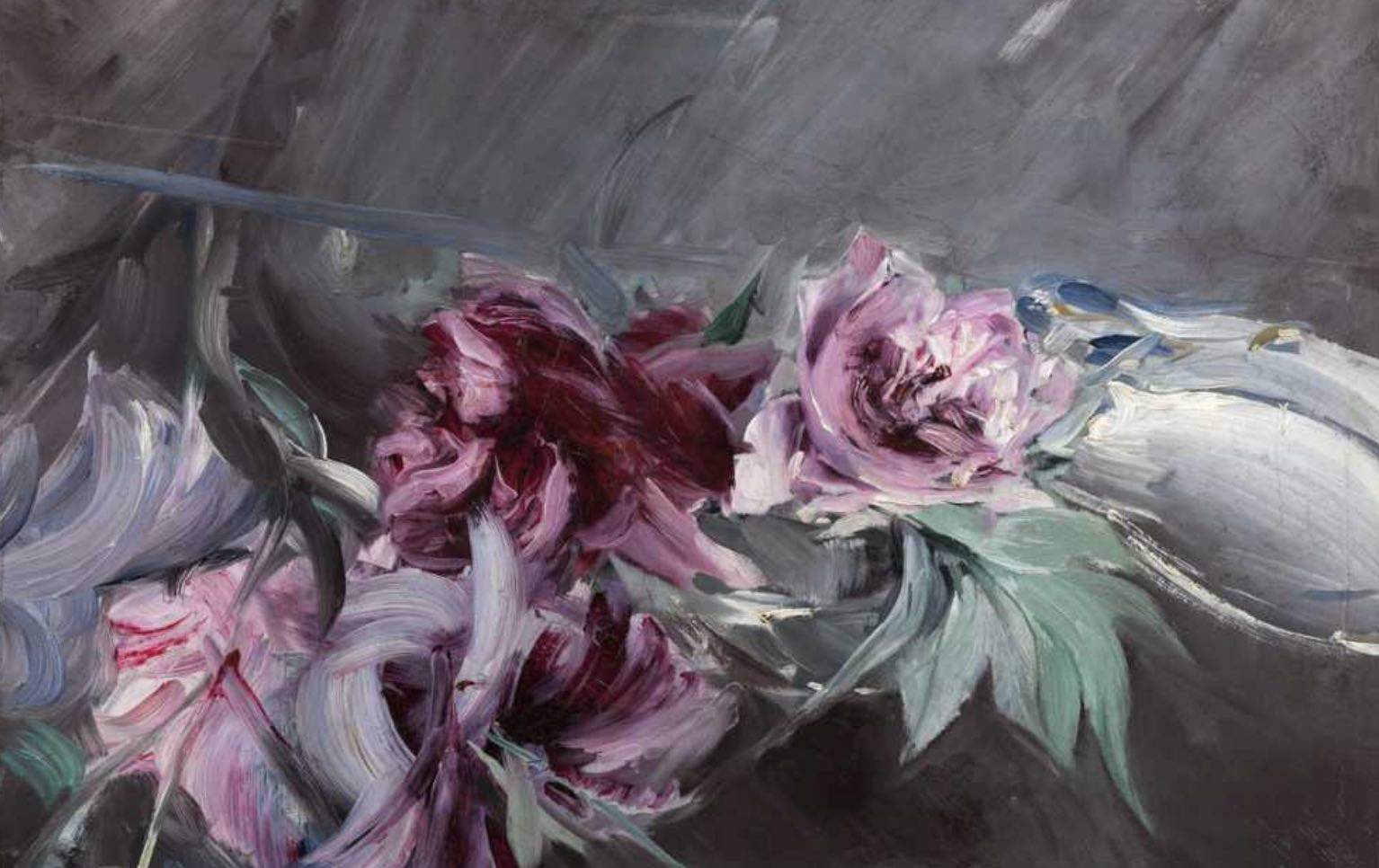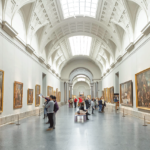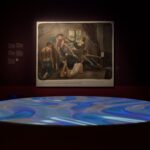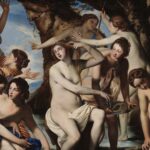Boldini’s Portrait of a Lady is a work created around 1901, now in the collection at the GAM in Turin.
Giovanni Boldiniwas born on31st December 1842 in Ferrara.
From a very young age he demonstrated a natural predisposition for art, so much so that even before learning to write he filled his notebooks with drawings and sketches.
Later he definitively abandoned his school studies to learn the first pictorial rudiments under the guidance of his father Antonio, who was of great support to his son’s talent and became his first teacher, being himself an artist.
Boldini, Belle Époque artist
Boldini was one of the most acute interpreters of the Belle Époque who from Paris also arrived in the frenetic cosmopolitan European capitals and in the refined environments of Italian cities.
In 1871 Boldini moved to Parigi, where he experienced the period of maximum splendor of the time: a regular visitor to the best salons, he became an interpreter of worldly life, capable as he was of creating wonderful portraits of the most fashionable personalities of the time.
In a short time, his fame was so great that he was considered the most fashionable painter in Paris, capable of capturing the grace and elegance of the high society of the time, proposing a truthful portrait of middle class life.
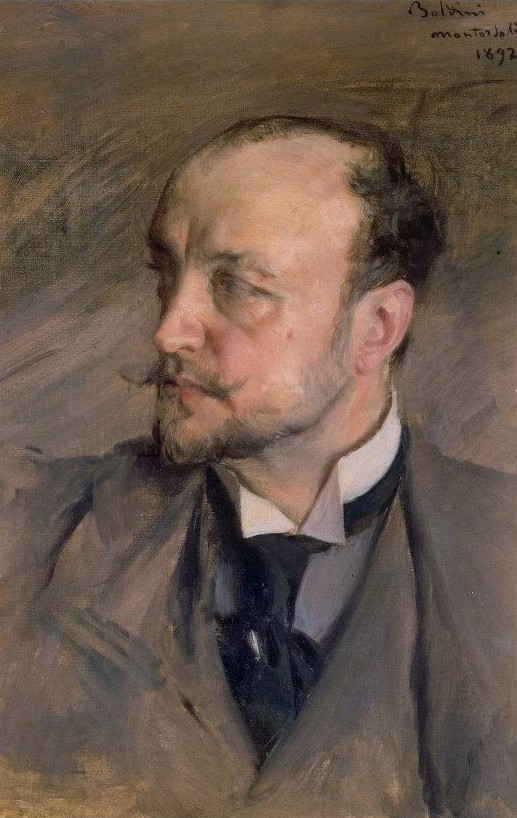
Lady’s Portrait
The subject of The Portrait of a Lady is a fascinating woman, whose identity is not specified, painted in an image played out in shades of gold and black.
For this use of colors, the artwork could almost recall the Spanish portraitists of the seventeenth century, artists from whom the artist already draws inspiration for other works, such as the Portrait of Madame Veil-Picard of 1897.
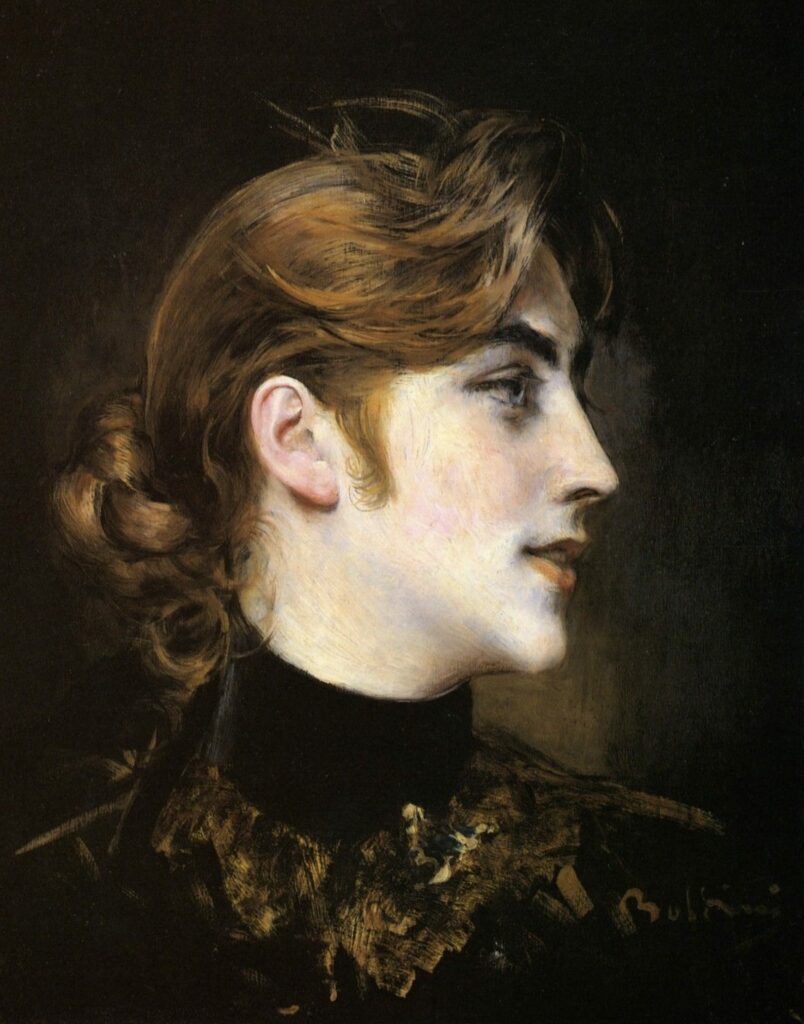
The Portrait of a lady, from a stylistic point of view, seems to be evanescent especially in the elegant dress of the woman, which is only hinted at.
Boldini in 1880, during a trip to Holland, got to know the painting of Frans Hals and was struck by the speed of execution of the artist’s strokes which tended towards increasingly rapid brushstrokes, in a synthesis of the gesture that would become the characteristic feature of the art by Boldini himself.
This dynamism of the stroke led his painting to an effect of dematerialization of the figure, which lost its contours, to focus on a well-defined part: usually the face was more defined while the clothes were lost in the speed of the stroke.
If you are interested in learning more about the art and era of Giovanni Boldini, the exhibition Giovanni Boldini and the myth of the Belle Époque is open until May 14th at Palazzo Mazzetti in Asti.




